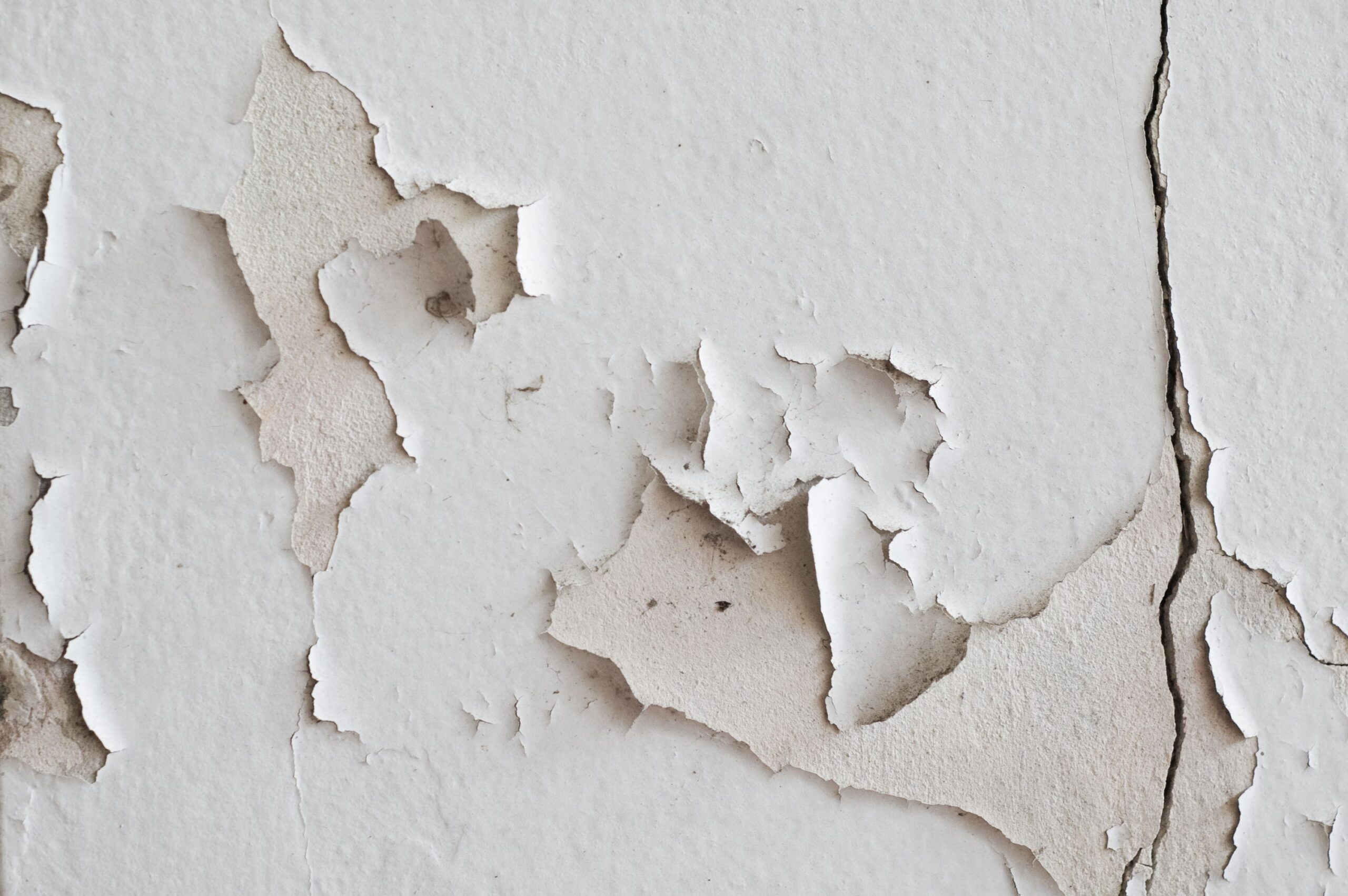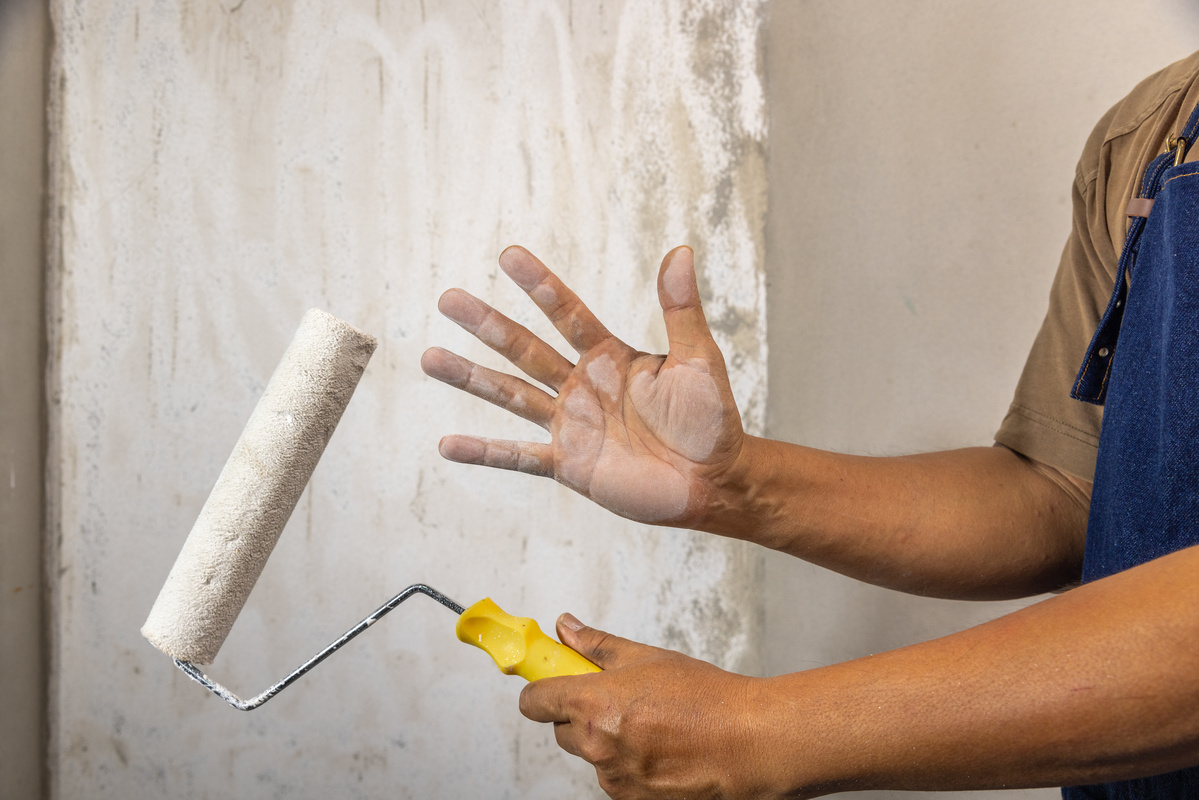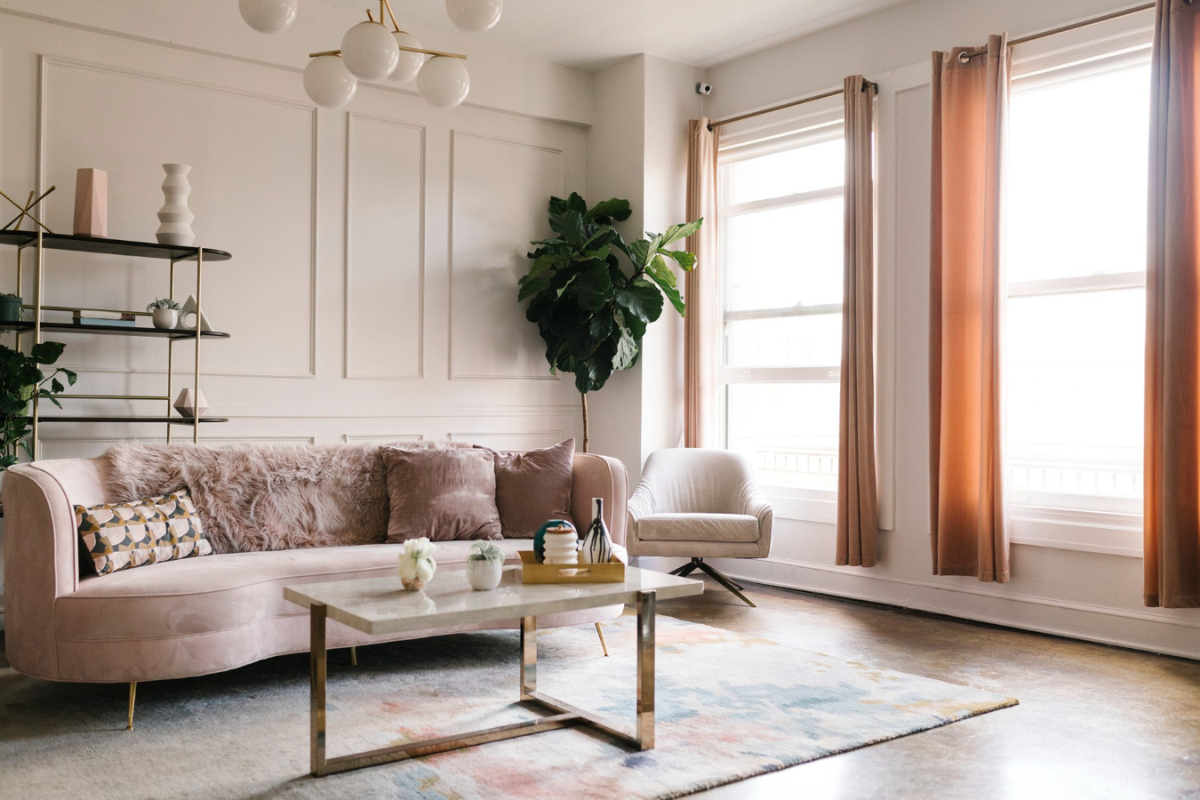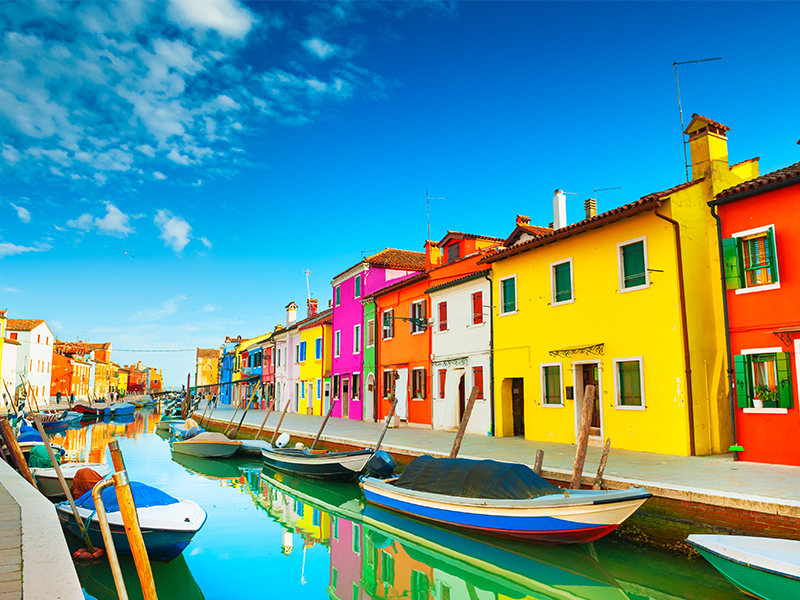
INSTRUCTIONS FOR DEALING WITH PEELING PAINT
Peeling paint is a problem that gives everyone a headache and you don’t want it to happen in your home. However, many people still don’t know where to start and how to handle it. Let’s find out the root cause of this phenomenon and effective solutions with USKOLOR!
- What is peeling paint?
Peeling and cracking paint occurs when the paint loses its adhesion and separates from the surface. The specific sign is that large patches of paint gradually peel off or tiny cracks appear.
This problem is common in old houses and on surfaces such as plaster walls, brick walls, plaster ceilings, window frames and paneling. This phenomenon is also common in areas with high humidity and can appear early when the house is newly painted.
Many people often ignore this problem and do not take it seriously, but if left for a long time, your beautiful house will turn into a mess, even causing health problems for residents such as eye and lung discomfort due to paint dust.
- Causes of peeling paint
Peeling paint is a symptom of a deeper problem. Instead of simply removing it and applying another coat of paint, you should identify the root cause and treat it first.
2.1. Water, humidity
Water and humidity are the “number one enemy” causing peeling paint on walls and ceilings. Water penetrates each layer of paint, separates them and pushes the paint off the surface. The result is blistering, cracking and eventually peeling off in patches. The bathroom is often the most humid and susceptible to peeling paint, but you should also pay attention to other causes such as water splashing on the wall, leaking roofs, water seeping through the wall, clogged gutters, etc.
In addition, condensation creates moisture on the wall, creating conditions for mold to grow. These molds cause the paint to peel and flake off the surface. This often happens during and after rains, and also damages new paint.
2.2. Expired paint
If you don’t know, paint also has a shelf life. Unopened water-based paints such as latex and acrylic can be stored for up to 10 years. Meanwhile, opened paint that has been stored properly (closed and kept in a cool, dry place) should be used within 2 years.
Expired paint often becomes too thin, losing its ability to adhere well to the wall surface. Therefore, you will not be surprised to see peeling paint if you use expired paint.
2.3. Poor surface preparation
As a leading supplier of professional paint products, we understand that surface preparation is a key factor in determining the quality of the painting project. No matter how good your painting skills are, if the surface is not properly prepared, the paint will not adhere properly, leading to blistering and peeling in a short time.
2.4. Poor quality paint
Using poor quality paint is a taboo. It not only makes the wall look unsightly but also causes more problems than you think. Poor quality paint is just as harmful as expired paint. They lack the necessary ingredients to adhere firmly to the surface, causing the paint film to peel and flake off in patches even after painting.
2.5. Using different types of paint on the same surface
If you use different types of paint on the same surface, they will not adhere well to each other, leading to peeling. For example, when using water-based paint to cover the previous layer of oil-based paint, the new layer of paint will easily peel off due to poor adhesion. However, if the wall is painted with water-based paint first and then covered with oil-based paint, the adhesion will be better.
- How to deal with peeling and cracked paint surfaces
Here are detailed instructions on the steps you need to take to repair damaged paint and replace it with a new coat of paint.
Step 1: Preparation
Careful preparation is equally important in solving the problem of peeling paint. Before starting, make sure you are fully equipped with goggles, masks and gloves. Many types of paint affect your skin and respiratory system. Therefore, prepare enough protective equipment.
For a comfortable working space, move furniture away and use tape to cover electrical wires. Use a large tarp to protect the floor and catch peeling paint pieces!
Step 2: Remove peeling paint with tools
Before treating the wall/ceiling surface, remove all blistered, peeling paint layers with a paint scraper or putty knife.
Step 3: Sand to smooth the wall surface
You can buy sandpaper or a wall sander if possible.
For walls with thick paint layers: Choose sandpaper with a grit from P40 to P80 to remove multiple layers of paint and primer.
Use a lightly damp cloth to collect dirt and let the area dry completely before painting.
Step 4: Prime the surface properly
After you have cleaned the wall before painting, using a quality primer will help prevent cracks, stains, peeling caused by mold or moisture, and create a smooth surface for the new paint layer to be applied on top.
A common mistake we often make when painting walls is to underestimate the power of a quality primer. This layer of paint acts as a super strong adhesive that helps firmly bond the wall surface and the subsequent topcoat.
You should refer to specialized primer lines with alkali resistance such as the USKOLOR X4 line. This is a high-tech interior primer, used before applying a decorative topcoat on the wall surface. With high alkali resistance, the paint has the effect of limiting the effects of alkalization, while increasing the adhesion and color durability of the topcoat. The paint also has antibacterial and anti-mold properties, completely suitable for tropical monsoon climates.
Note: You should choose a cool, sunny day, the surface temperature of the material is not more than 35°C and not less than 9°C.
Step 5: Repaint the surface
The final step is to paint the entire wall surface with the old paint color or new paint of your choice. You should also refer to the topcoat paint lines that are water-resistant, alkali-resistant and prevent similar problems in the future.
You can refer to the USKOLOR X9 exterior paint line. The product applies the “dual” power of Colour Lock automatic color locking technology and Crystallized Primer technology to fix the color molecules, helping the paint film last 3 times longer than conventional paint. The product is developed for harsh climates with many outstanding features such as: UV resistance, reducing heat absorption by up to 5 degrees Celsius, self-cleaning dirt, water resistance… The paint has high coverage, super smooth and glossy finish paint film, suitable for decorating and preserving exterior wall surfaces.
Thus, USKOLOR has helped you understand the causes of peeling paint film on walls and the treatment steps. Please continue to follow USKOLOR to update more useful information.






